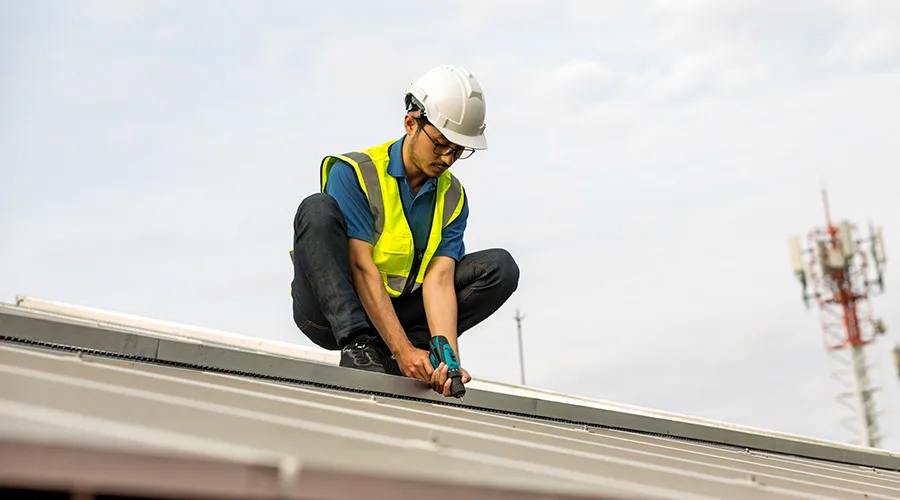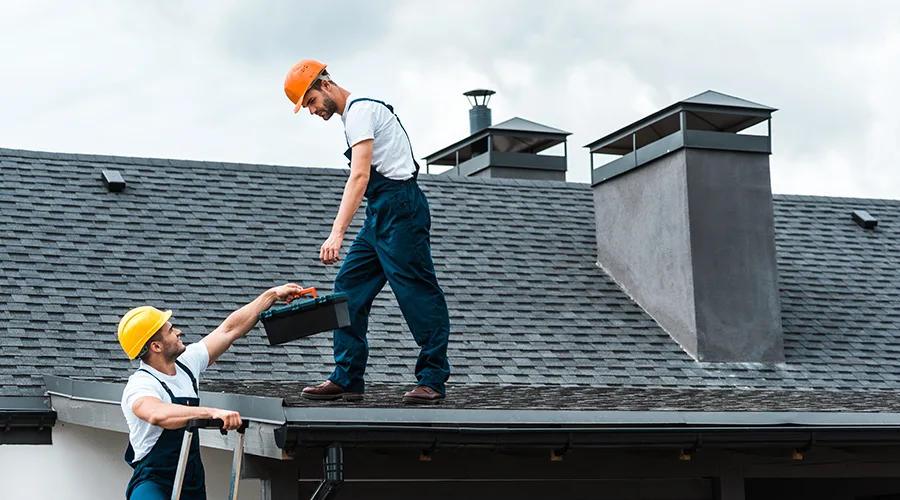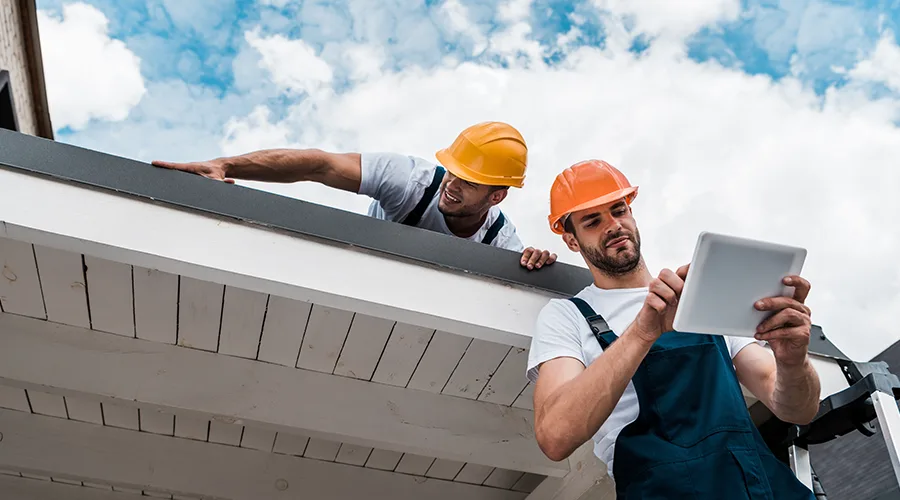In the ever-evolving world of construction, the pursuit of longevity and performance has driven the development of cutting-edge technologies. From innovative materials to advanced construction techniques, the industry is embracing solutions that not only stand the test of time but also contribute to sustainability and efficiency. In this blog, we will delve into some of the groundbreaking technologies that are shaping the future of long-lasting performance in modern construction.
Self-healing Concrete
Traditional concrete is susceptible to cracks and deterioration over time, but self-healing concrete is changing the game. By incorporating special bacteria or capsules of healing agents into the concrete mix, this technology allows the material to repair itself when cracks occur. The healing agents react with water and seal the cracks, extending the life of the concrete and reducing the need for frequent maintenance.
Smart Sensors and IoT Integration
The integration of smart sensors and the Internet of Things (IoT) has transformed how we monitor and maintain buildings. Sensors embedded in structures can detect changes in temperature, humidity, and structural integrity in real-time. This data is then analyzed to predict potential issues, allowing for proactive maintenance and minimizing the risk of structural failures. IoT integration also enables centralized control systems for efficient energy management, contributing to sustainable and cost-effective building operation.

Advanced Insulation Materials
Energy-efficient construction is a key focus in modern building practices, and advanced insulation materials play a crucial role in achieving this goal. Aerogels, for example, are ultra-lightweight materials with exceptional thermal insulation properties. Vacuum-insulated panels and phase-change materials are also gaining popularity, providing improved insulation and reducing the overall energy consumption of buildings.
Nanotechnology in Coatings
Nanotechnology has paved the way for high-performance coatings that enhance the durability and resilience of building materials. Nanoparticles, such as titanium dioxide, can be incorporated into paints and coatings to create self-cleaning surfaces. These coatings repel water, resist UV radiation, and prevent the growth of mold and mildew, contributing to the long-lasting aesthetics and performance of structures.
3D Printing in Construction
The advent of 3D printing has revolutionized the construction industry. This technology allows for the rapid and precise construction of complex structures, reducing material waste and labor costs. 3D-printed buildings often exhibit increased structural integrity, and the use of advanced materials in the printing process contributes to their long-term durability. This method is particularly promising for creating cost-effective housing solutions and infrastructure in a sustainable manner.
Flexible and Responsive Materials
Materials that can adapt to changing conditions are becoming increasingly important in construction. Shape-memory alloys, for example, can change shape in response to external stimuli, providing flexibility and resilience against stress and deformation. This adaptability is valuable in earthquake-prone regions, where buildings need to withstand dynamic forces.
Robotics and Drones for Construction
The use of robotics and drones in construction has improved efficiency and safety. Drones are employed for site inspections, surveying, and monitoring construction progress. Robotic systems are utilized for tasks such as bricklaying, reducing construction time and enhancing precision. These technologies not only contribute to faster project completion but also minimize errors, ensuring the longevity of the constructed structures.

As the construction industry continues to evolve, the integration of cutting-edge technologies is reshaping the landscape of modern buildings. The emphasis on long-lasting performance, sustainability, and efficiency has led to innovations that go beyond conventional practices. From self-healing concrete to 3D printing and smart sensors, these technologies are not just improving construction processes but are also shaping a future where buildings are resilient, adaptive, and built to last for generations to come. Embracing these advancements will undoubtedly play a pivotal role in creating a sustainable and technologically advanced built environment.

